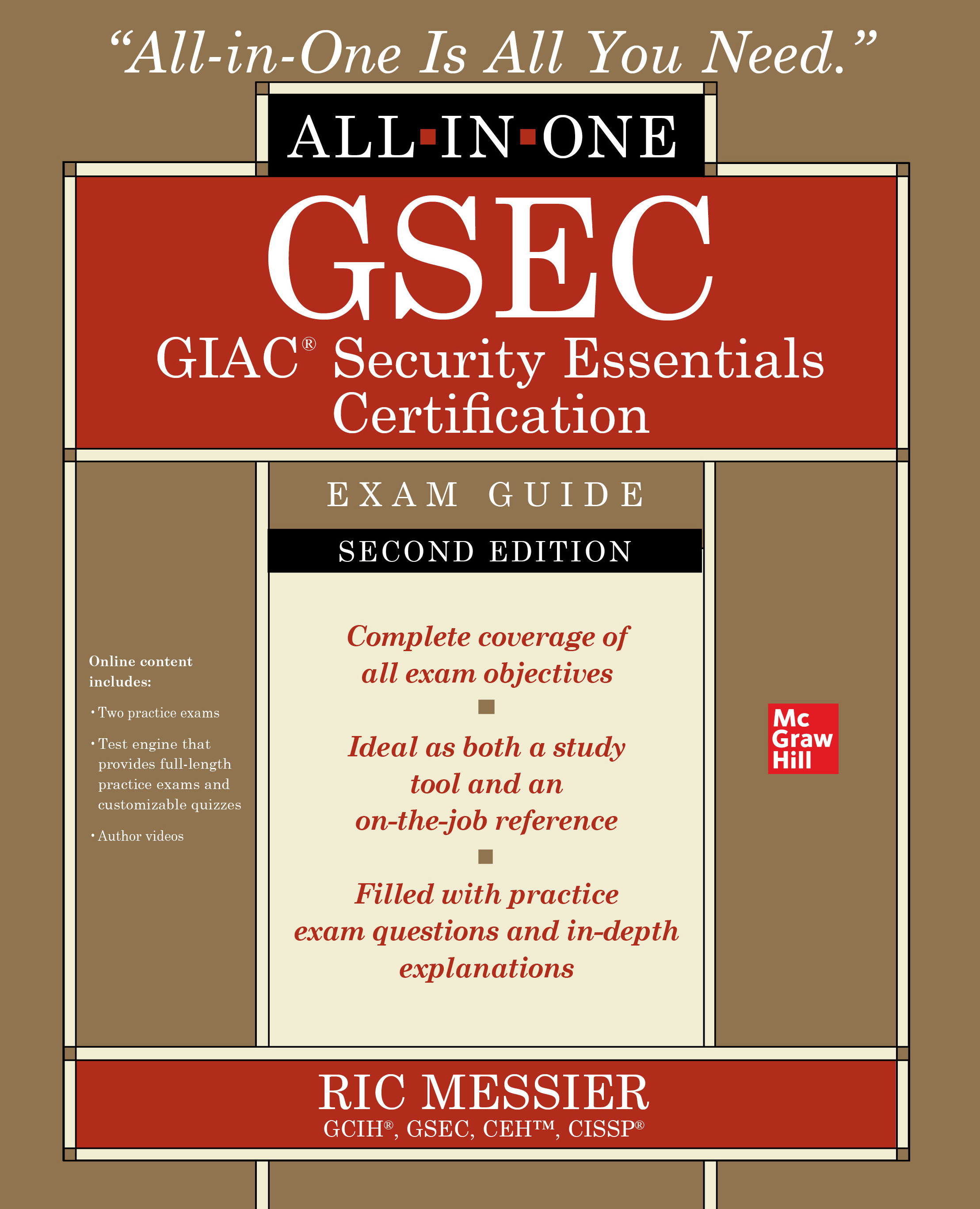In past years, December has come to be known here at SDM as “acquisitions month.” As the fiscal year ends and companies endeavor to take advantage of much needed tax breaks, the industry typically is flooded with news of mergers and acquisitions (M&A). In recent recession years, this seemed an indication of the security industry’s resilience and ability to thrive while other industries faltered. However, this December seems quieter than others and we set out to find out why, while the industry continues to do well, merger and acquisition activity is down.
SDM e-News spoke with Ron Davis, president of the Davis Group and Mike Barnes, principal broker and owner of Barnes Associates. Both had different perspectives on the reasons behind a slow year for M&A. But a possible conclusion points to a combination of global economic and industry-specific conditions that led to a smaller set of eligible sellers with high expectations and solid, yet cautious, buyers.
We’re not the only ones who’ve noticed. “There is a lesser volume of activity this whole year than there has been in previous years,” Davis notes.
Barnes agrees, saying, “This will be a hot topic at our upcoming Barnes Buchanan Conference in February.”
According to Barnes, modest activity this year is put into high contrast against 2010.“A combination of factors resulted in a surge of activity last year, not the least of which was the strong performance realized by the industry during the recession. The buy side of the market remains strong. Large, well capitalized existing players and private equity are constantly looking for good opportunities. There are also a number of strategic buyers looking at the industry.”
In spite of signs that the buyer side continues to be healthy, that flurry of activity last year seems to have drained the sellers’ pool, Davis believes. “The obvious conclusion is the economic uncertainty that’s going on in the world today. But I think it’s a little more subliminal than that,” he explains. “I think the number of target acquisitions in the dealer community has dropped to an all-time low because most of the ones that were going to sell have already sold. When you look at companies that do acquisitions, they’re looking for dealers with $50,000 to $250,000 of recurring monthly revenue (RMR). And the number of companies out there that have that kind of rate has pretty much diminished.
“There has been so much activity in years past that the ones that are left are making decisions slower than they might have in the past,” Davis adds.
In Barnes’ view, “The lack of activity seems to be the result of an insurmountable spread between the bid and the ask. Buyers are generally more conservative and choosey, while sellers’ expectations have risen dramatically. Without a bridging of the resulting valuation gap…deals do not get done.”
Adding to the valuation gap could be one company’s restructuring plans. “Additionally, the upcoming split of Tyco/ADT could put a chill on valuations, or at a minimum put a hard ceiling on the upper end of valuations,” Barnes predicts. “It is much harder to argue for a high valuation, when the dominant player in the industry is trading at a lower relative price.”
As to why sellers have higher expectations this year, that may be a byproduct of slow economic recovery. “We think the sell side view is heavily influenced by resumed growth in the industry and a generally positive outlook, coupled with concerns over what to do with the money in the event of a sale,” Barnes says. “With interest rates low, stock markets highly volatile, and many sectors of the economy still foundering, the security alarm industry can seem like a relative safe haven for a major investment. That is, opportunity costs are low, which means the buy-out price has to be high.
“I also think many owners have come out of the recession with an adjusted view on retirement. For many, the timeline for a probable sale has been pushed back by a number of years.”
With fewer companies ready to sell, those who are have an advantageous position, Davis indicates. That is, if they can find the right buyer. “It’s more of a seller’s market rather than a buyer’s market,” Davis says. “We’re able to extract really good transaction deals for our clients, who are always sellers, because there is a fierce competition for good companies.”
Barnes adds, “In spite of these dynamics, we think activity is likely to pick up. Competitive pressures have never been higher, and while the future can look reasonably bright, it is more a contrast with the dark days of the recession, than a given. There is still much uncertainty. Potential sellers are undoubtedly thinking about the prospects of a double dip on the economy, and higher tax rates on sale proceeds.”
Still, it seems much of the acquisition activity in 2011 went under the radar. “There’s still a lot of activity among smaller companies — let’s say $10,000 to $25,000 in RMR — and a lot of that stuff doesn’t even get reported because they’re relatively small companies,” Davis observes. “However, the larger regional or national players sometimes have difficulty in acquiring smaller operations because unless they have a local operation in place, it’s too small to run as a branch and it’s too much money to spend if it’s not going to be productive. On the other hand, we’re seeing some larger transactions. We’re involved in two transactions in the dealer community that will be in the $20 million range,” Davis shared.
Both Barnes and Davis seem to agree that a quiet year for M&A is just part of a cycle and response to temporary factors, and not a permanent trend in the security industry. Barnes comments, “To us, it feels like the market is simply catching its breath… and, that activity will likely increase in 2012.”
Davis believes the nature and size of acquisitions may change slightly in 2012, but that activity will pick up. “There are always going to be enough sellers to make a market,” he says. “I don’t think it’s going to continue to diminish. There will be fewer sellers and larger transactions. I think you’ll see some companies in the SDM 100 that will be selling in the next year.”




